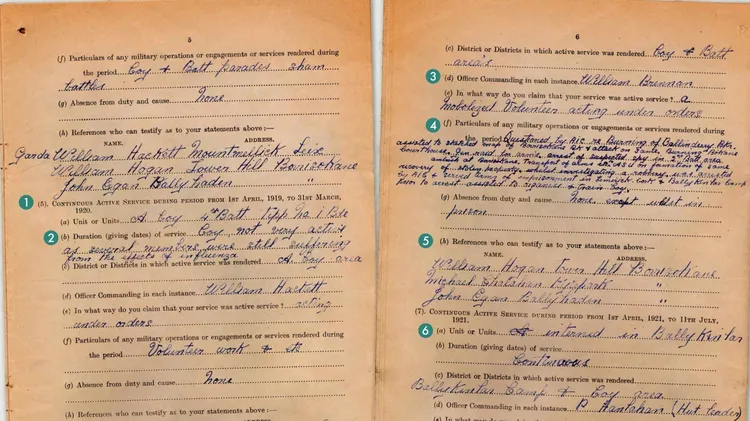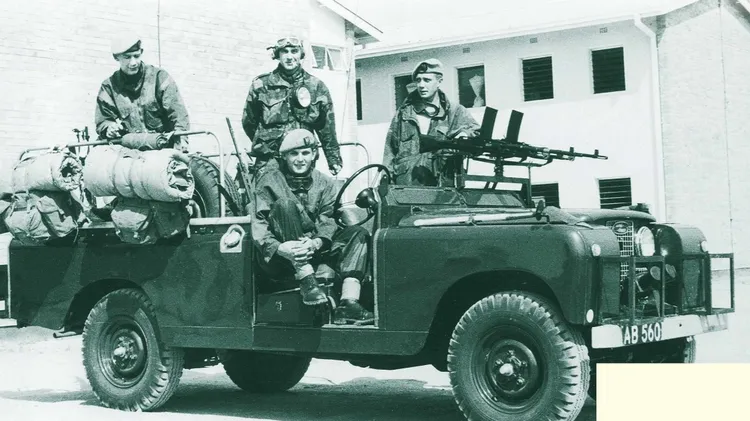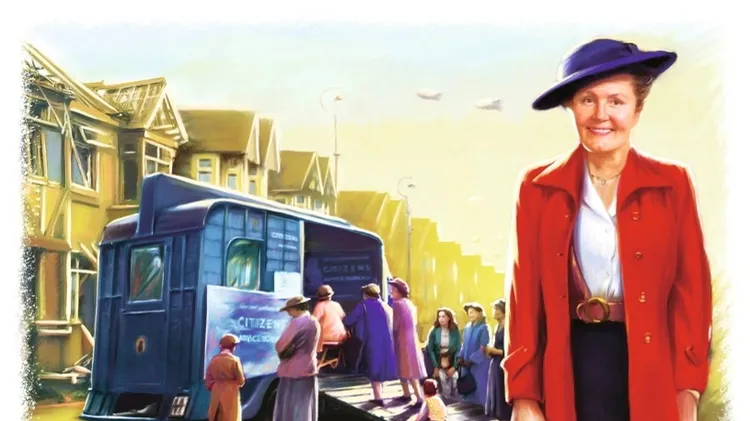Phil Tomaselli explains how you can use newly digitised records to research pr
Ww2 pow records
4 min read
This article is from...
Read this article and 8000+ more magazines and newspapers on Readly






